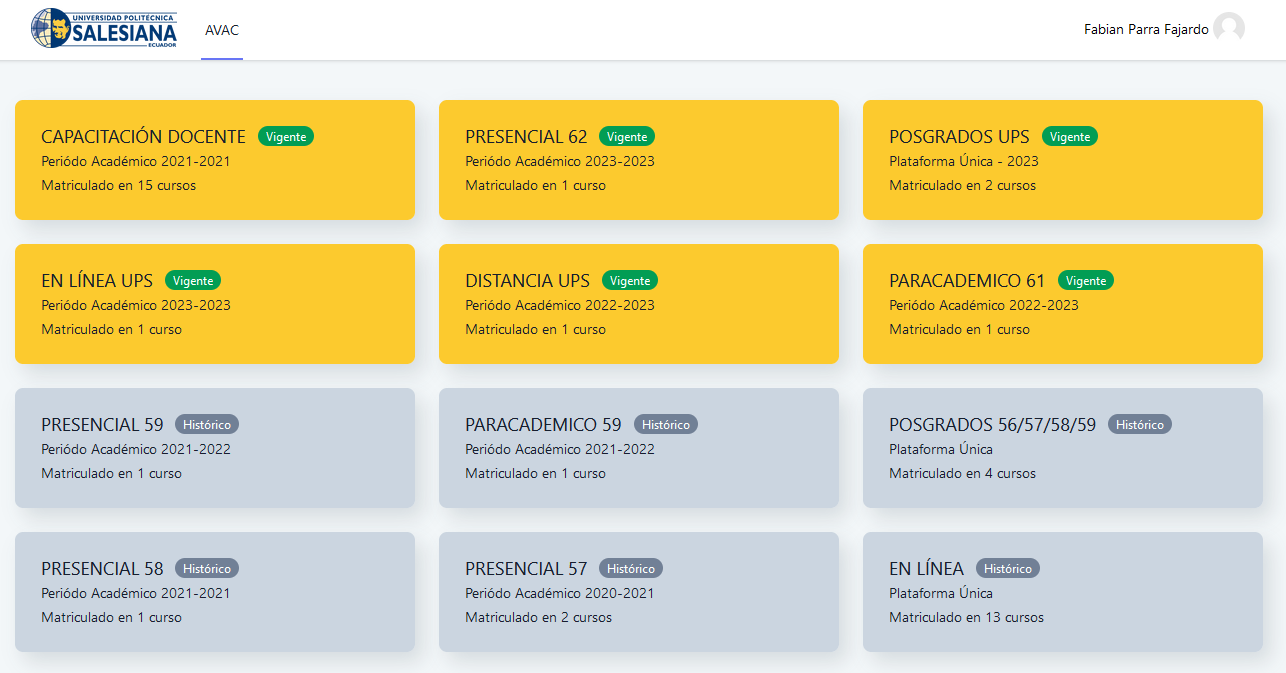Grid Auto Flow
- Tailwind CSS version
- v1.2.0+
Utilities for controlling how elements in a grid are auto-placed.
Usage
Use the grid-flow-{keyword} utilities to control how the auto-placement algorithm works for a grid layout.
<div class="grid grid-flow-col grid-cols-3 grid-rows-3 gap-4">
<div>1</div>
<!-- ... -->
<div>9</div>
</div>Responsive
To control the grid-auto-flow property at a specific breakpoint, add a {screen}: prefix to any existing grid-auto-flow utility. For example, use md:grid-flow-col to apply the grid-flow-col utility at only medium screen sizes and above.
<div class="grid grid-flow-col sm:grid-flow-row md:grid-flow-col-dense lg:grid-flow-row-dense xl:grid-flow-col ...">
<div>1</div>
<!-- ... -->
<div>9</div>
</div>For more information about Tailwind's responsive design features, check out the Responsive Design documentation.
Customizing
Responsive and pseudo-class variants
By default, only responsive variants are generated for grid-auto-flow utilities.
You can control which variants are generated for the grid-auto-flow utilities by modifying the gridAutoFlow property in the variants section of your tailwind.config.js file.
For example, this config will also generate hover and focus variants:
// tailwind.config.js
module.exports = {
variants: {
// ...
- gridAutoFlow: ['responsive'],
+ gridAutoFlow: ['responsive', 'hover', 'focus'],
}
}Disabling
If you don't plan to use the grid-auto-flow utilities in your project, you can disable them entirely by setting the gridAutoFlow property to false in the corePlugins section of your config file:
// tailwind.config.js
module.exports = {
corePlugins: {
// ...
+ gridAutoFlow: false,
}
}
